Secrets of the Rocky Horror Picture Show

As we gear up to celebrate 50 years of THE ROCKY HORROR PICTURE SHOW with a live shadow cast by Majestic Repertory Theatre this Halloween, here’s some wild behind-the-scenes tea to get you hyped.
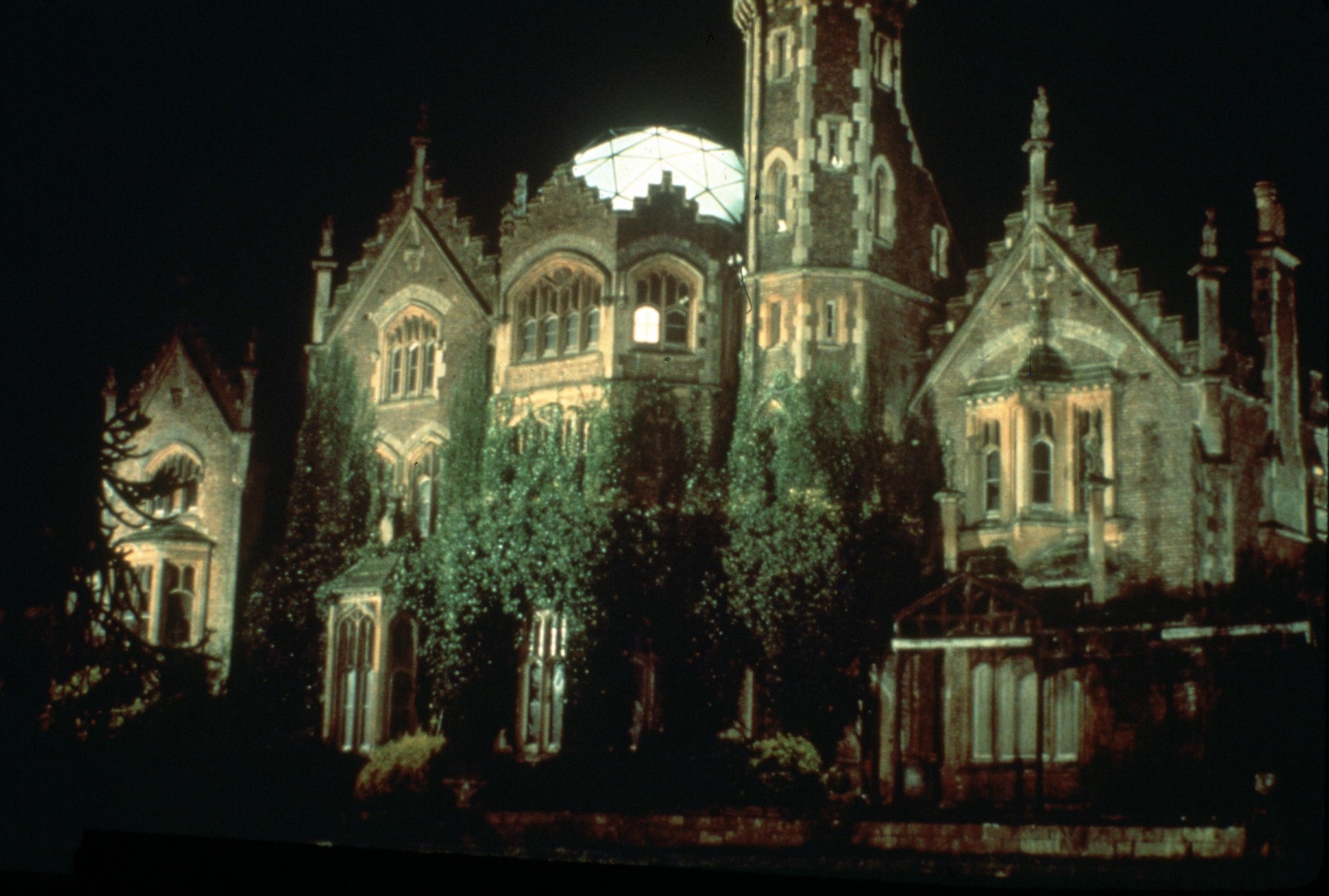
1. Much of The Rocky Horror Picture Show’s look was inspired by an actual rotting mansion.
While preparing to shoot the film, set designer Brian Thomson kept hearing about “the old house” near Bray Studios outside of London. When he finally got to see the house, a 19th-century mansion called Oakley Court, he realized it was exactly what they needed for the film, in part because its owners had essentially left it to rot (they wanted to demolish it, but it was designated as a historic site).
“The minute we saw it, we realized that this gave us the basis for the whole look of the movie,” Thomson said.
Because of its proximity to Bray Studios, the house has also appeared in a number of other films, including several from the legendary Hammer Studios line of horror movies. It has since been restored, and is now a hotel.
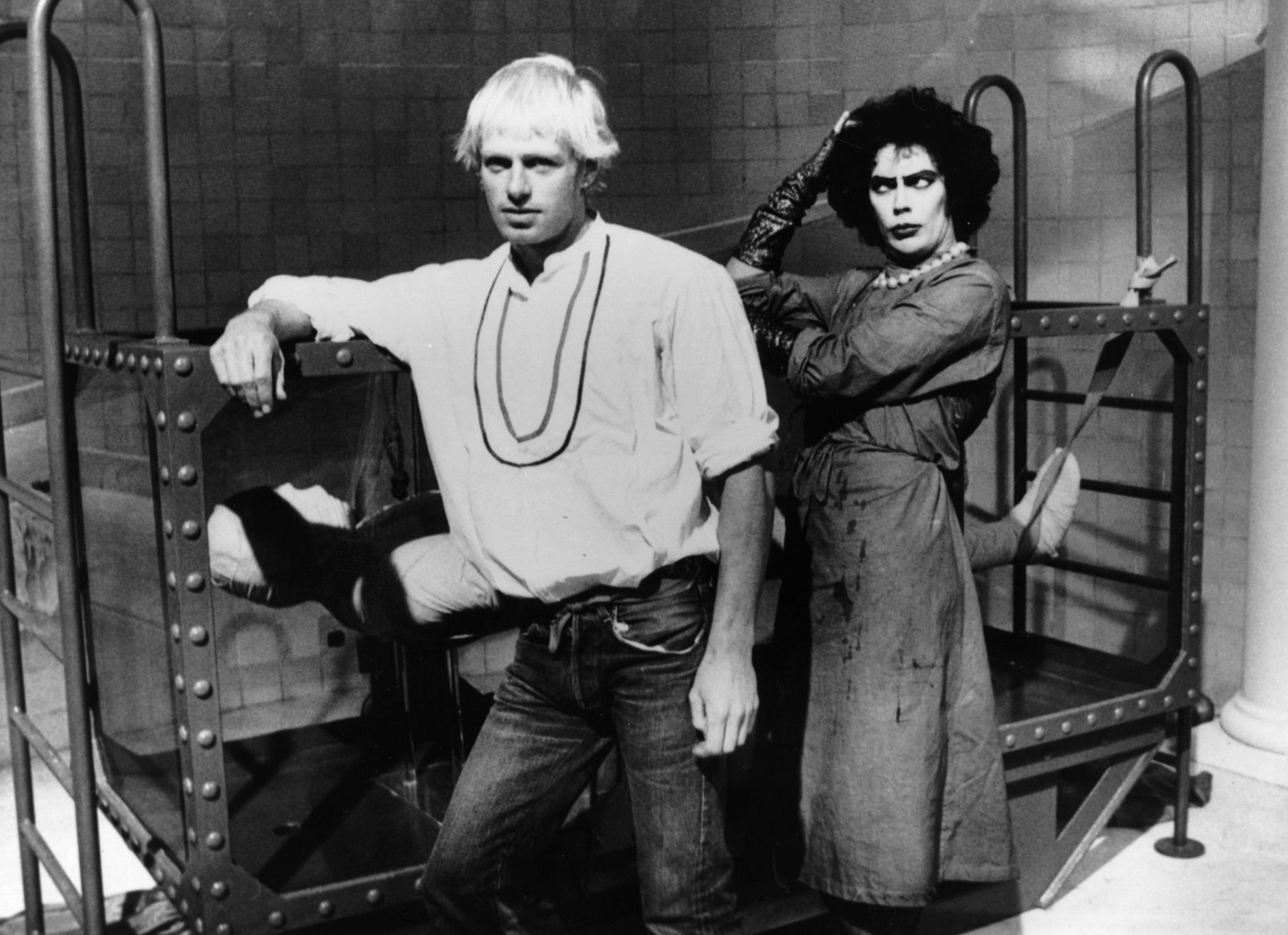
2. A large portion of The Rocky Horror Picture Show was supposed to be in black and white.
While conceiving of the film’s overall look, Sharman, Thomson, and company originally decided that the film’s opening act should be shot entirely in black and white, and that the first color in the movie should be Frank N. Furter’s red lips when he appeared on the elevator. The idea was that Brad and Janet were living in a bland world, and when they met Furter they would be shown something much more colorful. Ultimately, the studio rejected the idea.

3. The Rocky Horror Picture Show’s famous audience participation was inspired, in part, by boredom.
The Rocky Horror Picture Show was a flop when it was originally released in 1975, but as midnight showings continued it developed a rabid cult audience with a penchant for shouting at the screen as the film played. Brian Thomson first witnessed this phenomenon at New York’s Waverly Theater in 1977, and when he asked what was going on, this was the reply: “We thought it was pretty boring, and we thought if we yelled back [it would be more fun].”
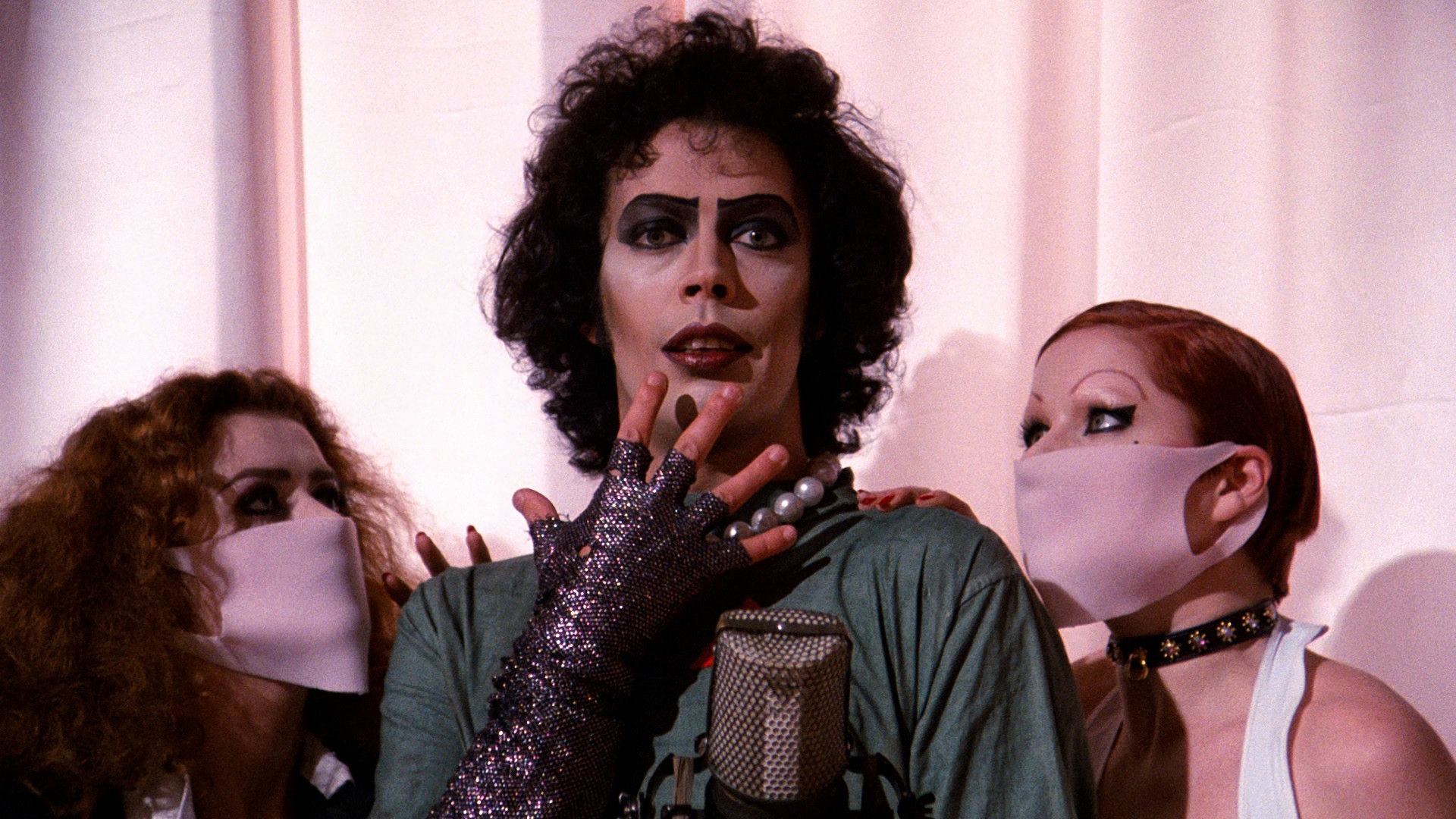
4. Curry was once kicked out of a screening of The Rocky Horror Picture Show for being an “impostor.”
As the film’s cult following grew, Tim Curry was living in New York, just down the street from the Waverly Theater, so he often witnessed fans going to midnight showings in costume. Intrigued, he called the theater, told them who he was, and asked if he could attend. The theater initially didn’t believe him, until he actually showed up one night. “Finally I showed up, and they sort of believed me and took me in,” Curry later told NPR.
While fans were delighted by Curry’s presence, the theater staff still wasn’t convinced, and an usher grabbed him, called him an “impostor,” and threw him out. Curry then took out his passport to prove he was the real deal, but declined to go back into the theater after the staff apologized.
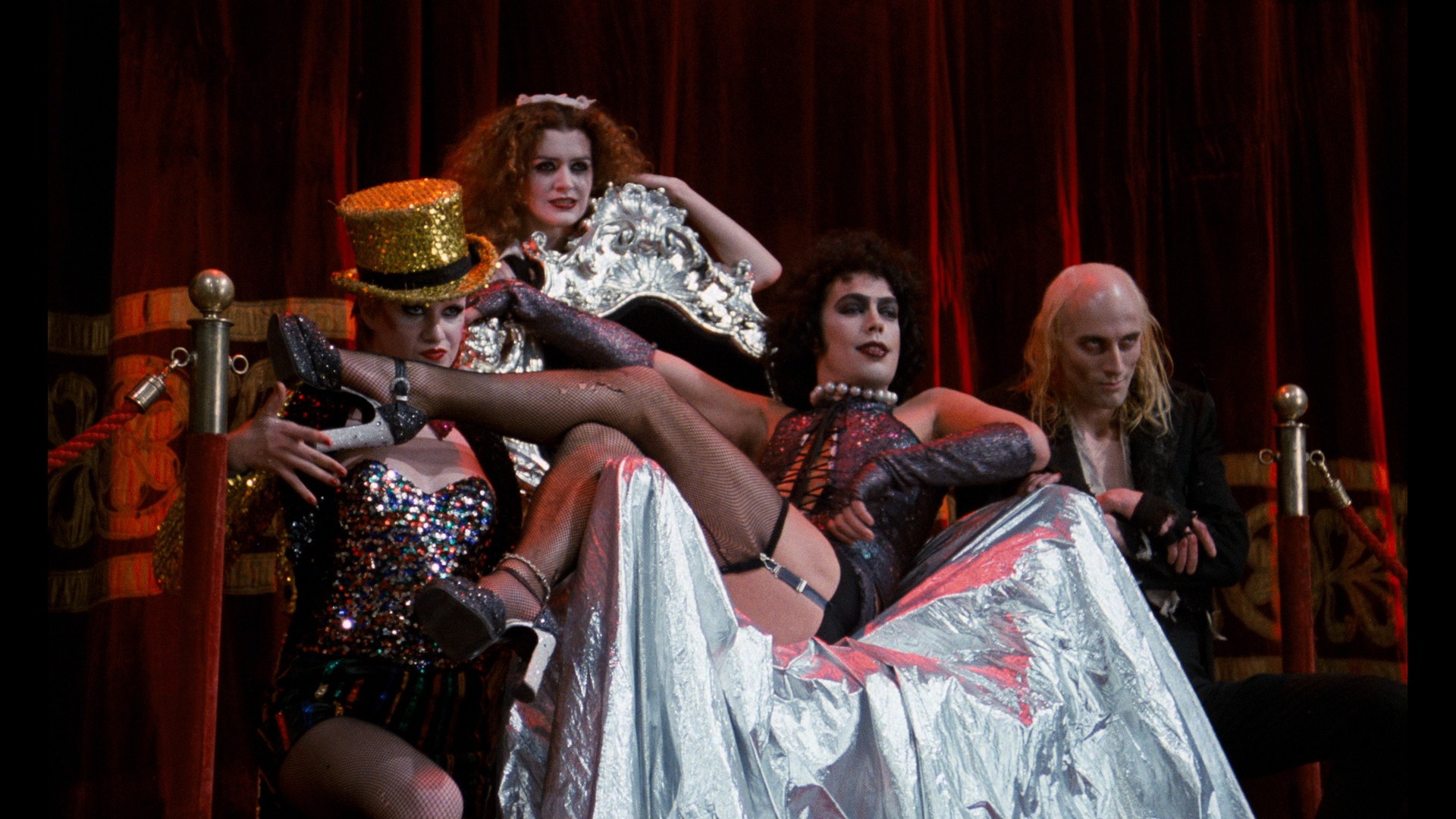
5. Columbia and Magenta were originally one character.
As the stage play began casting, Sharman was hoping his friend, pop star Marianne Faithfull, would play Frank N. Furter’s female counterpart, but Little Nell had already been cast in the production. So Sharman and O’Brien reworked the role into two parts: Magenta and Columbia. When the time came to cast Magenta, Faithfull was already off on a tour of India, so Patricia Quinn was cast. Quinn took the role, despite having almost no lines, just so she could sing the lead song: “Science Fiction/Double Feature,” which she called “the best song I’ve ever heard.”
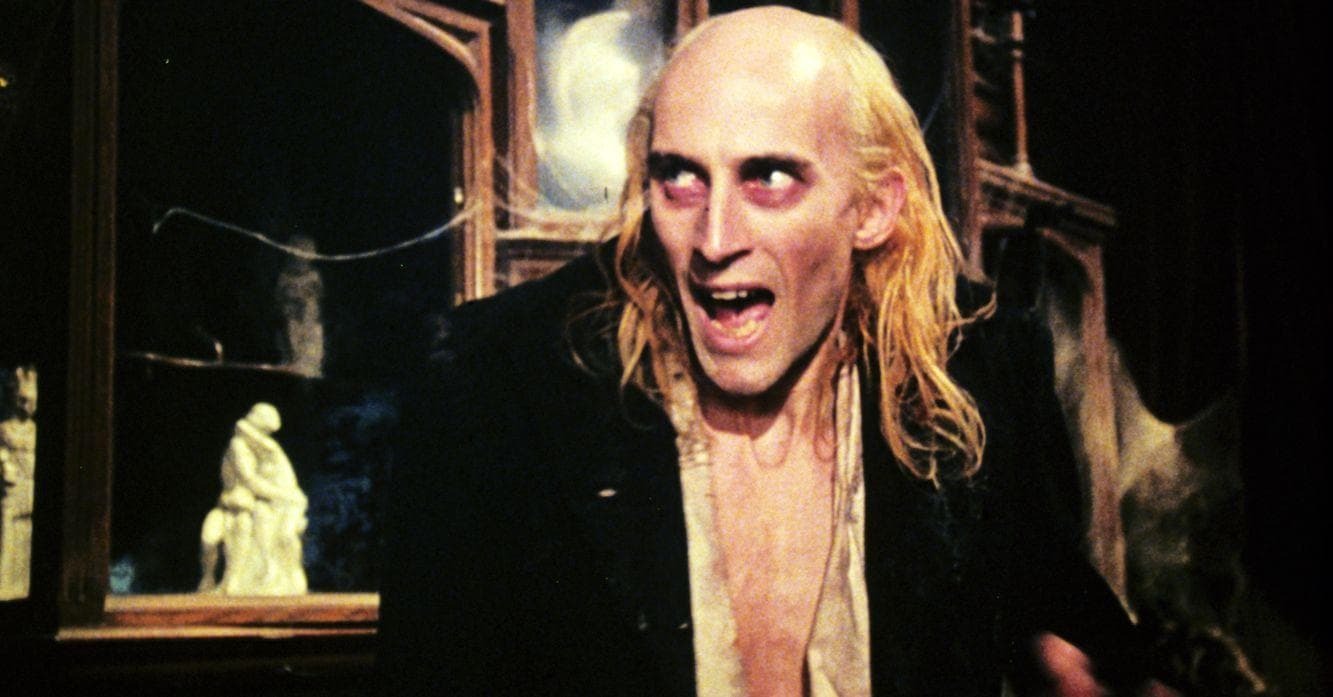
6. The Rocky Horror Picture Show began as a way to keep an unemployed actor busy.
What would eventually become The Rocky Horror Show, and later The Rocky Horror Picture Show, began as a way for Richard O’Brien “to spend winter evenings” when he wasn’t working as an actor. O’Brien poured his love of science fiction and horror films into the initial Rocky Horror songs, and eventually he showed the material to director Jim Sharman while they were working on a play together. Sharman took a liking to it, and convinced London’s Royal Court Theatre to give him a few weeks in the venue’s tiny Upstairs theater to stage a production. It played for only a few dozen people a night, but eventually grew a following. Not bad for something that started as the equivalent of “doing the crossword puzzle” for O’Brien.
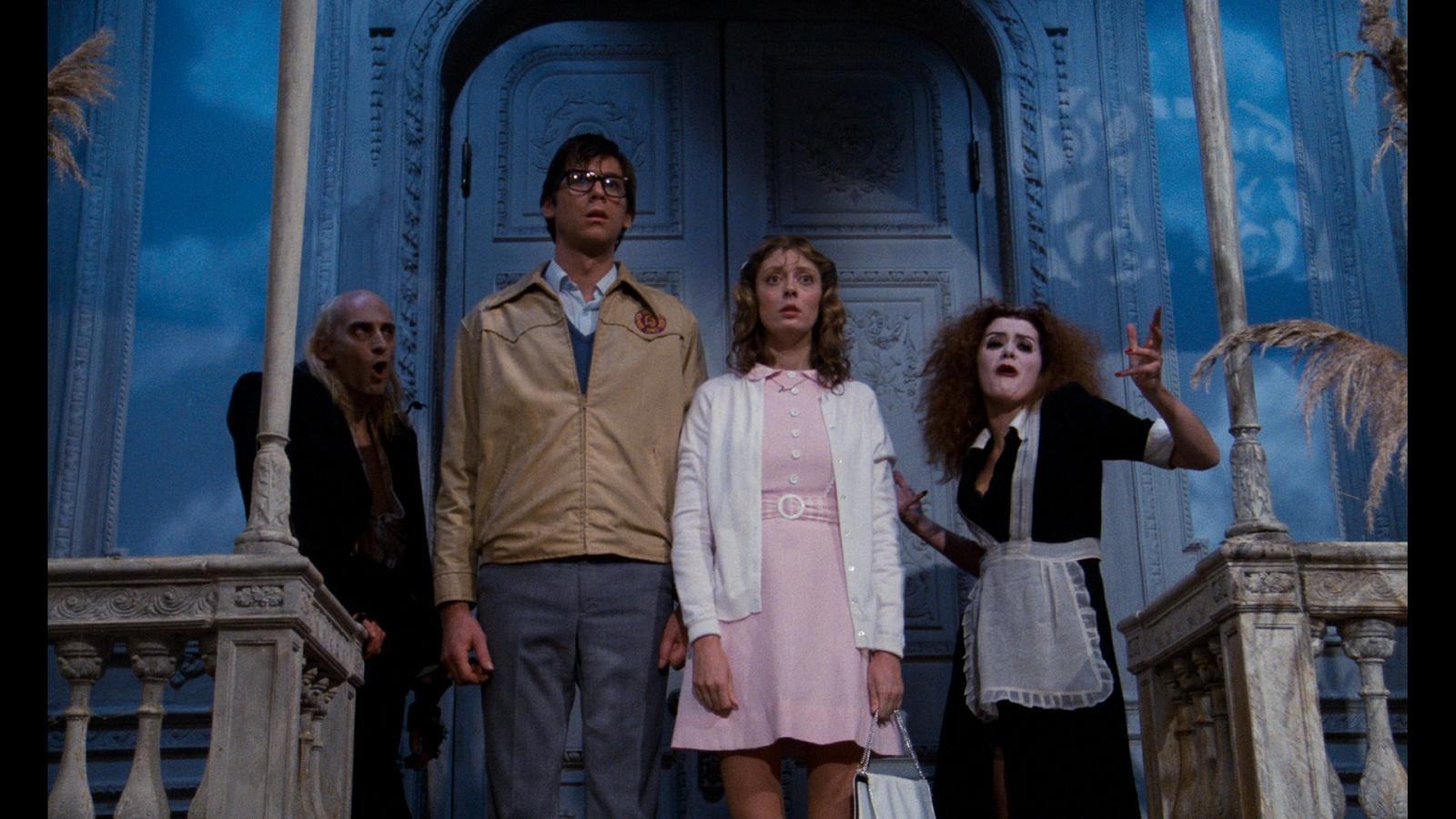
7. The director agreed to a smaller budget in order to keep the original cast.
According to Sharman, 20th Century Fox offered him “a reasonable budget” if he would cast “currently fashionable rock stars” in the lead roles for The Rocky Horror Picture Show. Sharman lobbied instead to keep the original stage cast (with some exceptions, like the addition of Barry Bostwick and Susan Sarandon), and instead got a “modest budget” and a very tight shooting schedule. Sharman now calls the decision “crucial” to the film’s cult success.
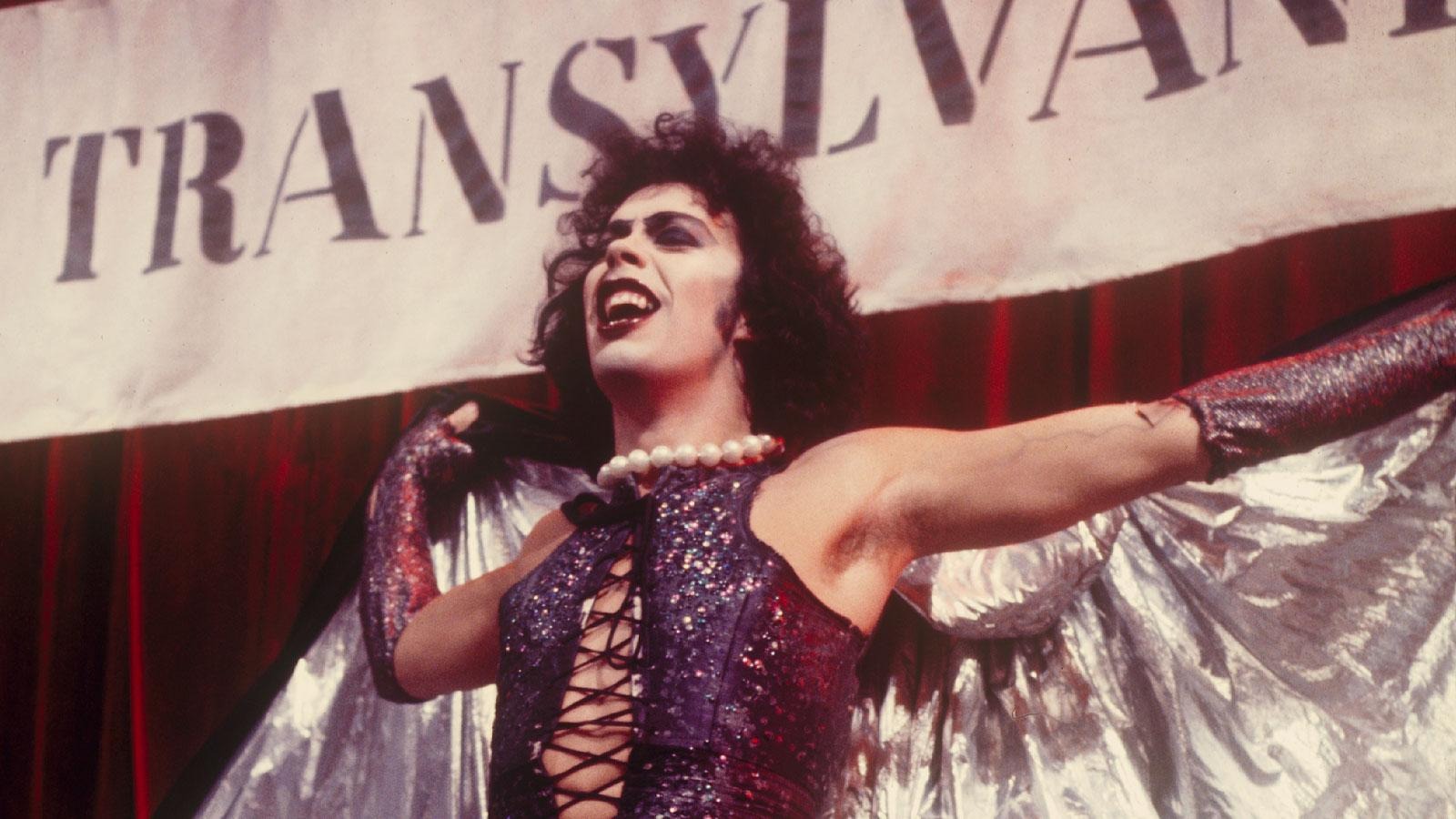
8. A cardboard model was used to make the house fly.
For the climactic scene in which Riff Raff and Magenta launch Furter’s house back to Transylvania, Thomson originally began constructing an elaborate model of the house. In the end, though, there wasn’t enough time or money to produce a full-scale model for the moment, so a cardboard cutout of the house was used. As Thomson later pointed out, you can still actually see the real house in the background of the shot.
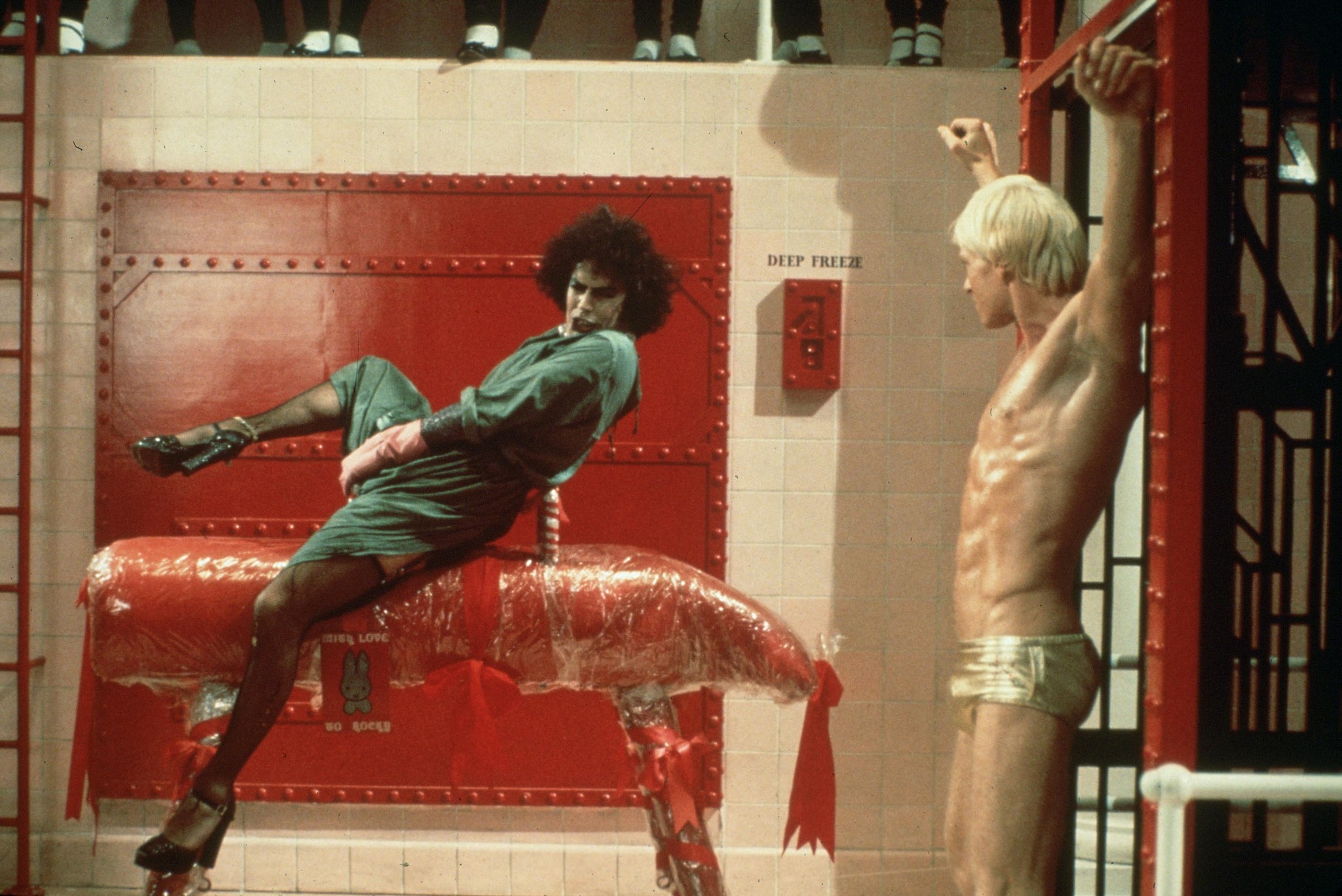
9. Richard O’Brien originally wanted to play the role of Eddie.
As the production took shape, O’Brien knew he wanted to co-star as the motorcycle-riding Eddie, a role that ultimately went to Meat Loaf. Sharman, though, saw O’Brien in the role of the mysterious handyman, Riff Raff, and O’Brien respected and trusted his director enough that he agreed.
Get tickets to see The Rocky Horror Picture Show with Majestic Repertory Theatre (1975)


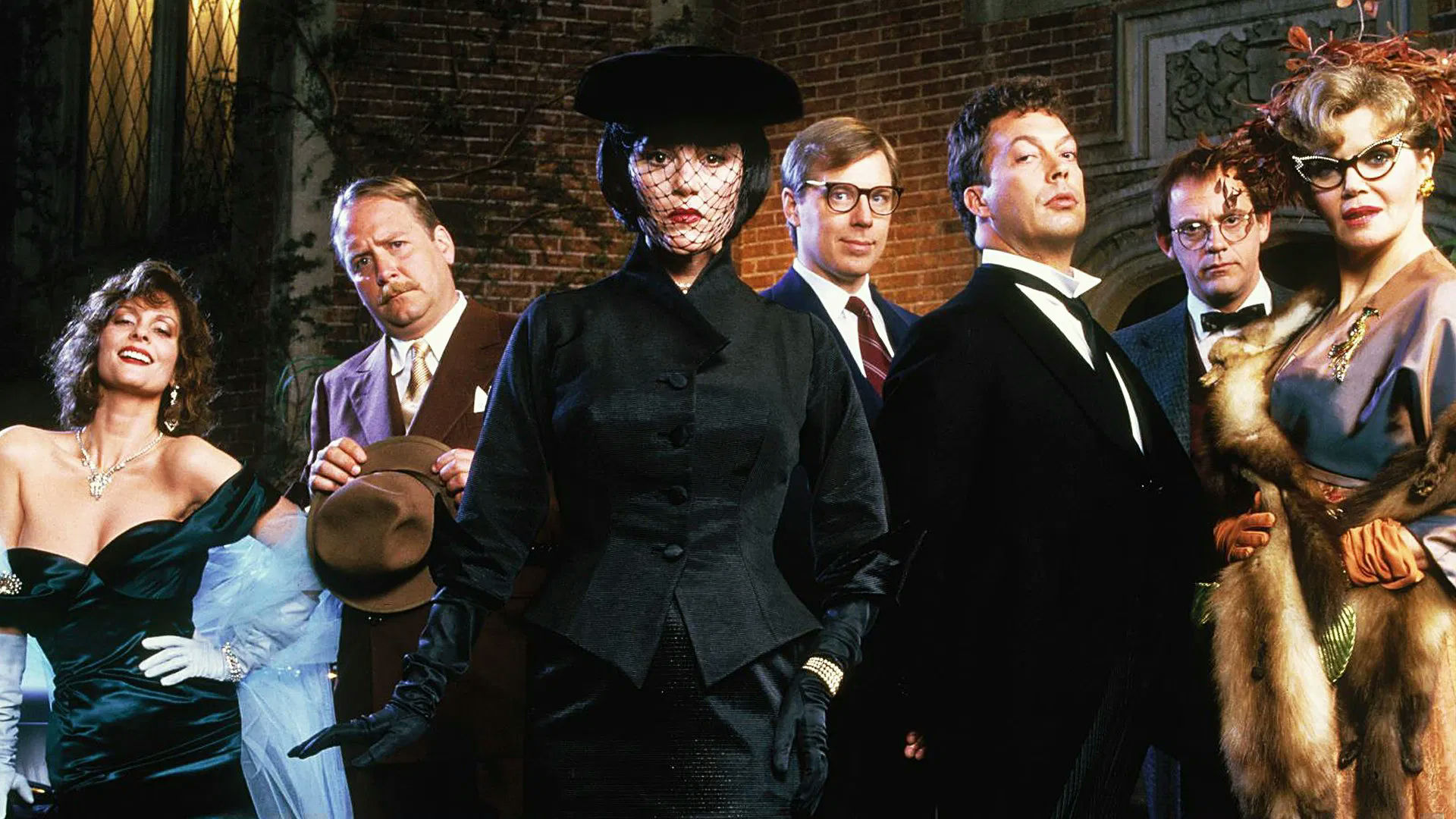
.jpg)
%402x.svg)